|
Apart from my passion for medieval goldwork embroidery, I am also interested in all kinds of folk embroidery. I particularly like the geometric cross-stitch patterns of Fallahi embroidery found in Egypt, Jordan, Syria and Palestine. A couple of years ago, I bought my first vintage Bedouin dress from Egypt and last year, I bought a second one from the same source:). I love dissecting these dresses and their very colourful patterns! And since I was without a proper internet connection for so long after we moved house in November, transcribing the cross-stitch patterns was one of the few things I could do as the software does not require an internet connection. So, let's unravel the mystery of another vintage Bedouin dress! The dress, or thob, is 130 cm long and measures 125 cm across the arms. The dress originates in the Sinai (Egypt) and was once worn by an adult Bedouin woman. The satin stitched dark-blue hem differentiates the dress from Palestinian village dresses that do not sport such a hem. The Bedouin travelling lifestyle and the fact that this geographical area has seen a lot of political upheavals makes attributing precise provenance to the dress impossible. Over time, too much mixing has happened. However, certain characteristics do point to the Western part of the Northern Sinai, possibly Al-Qantara: wide neck opening, the use of many bright colours in simple geometric patterns of which some are based on the carnation. The dress has been patched many times. Especially in the cuff area. These dresses took a long time to decorate and were thus highly valued. Instead of throwing them away when they were worn, they were repeatedly patched. Recycling, upcycling and mending are usually the norm in pre-industrial societies. As most of you know, embroidering on black fabric is really hard. Especially for older eyes :). Therefore, the Bedouin women tacked a piece of waste canvas onto the black cotton satin or polyester fabric. In the picture above, you can see a few white canvas threads left in the embroidery. The cross-stitch patterns and bright colour combinations found on the vintage Bedouin dress are perfect for decorating needle booklets, pincushions and the like. I used three of the five patterns found on the dress to make a small needle booklet and a cute biscornu. For the stitching, I matched the original floss colours to the closest DMC stranded cotton equivalent. My fabric is a piece of 40 ct natural coloured Zweigart linen (I dyed some black in my washing machine).
You can find a 39-page eBook for direct download with more pictures and all embroidery charts of the five geometric patterns, three loose elements and a decorative border in my webshop.
4 Comments
When I was in the Netherlands shortly before Christmas, I and my parents stumbled upon a lovely Middle Eastern shop in Utrecht. They mainly sell ceramics, but they also have a rather large collection of textiles. Among the latter; several embroidered items of clothing and cushion covers. I bought a dress showing Fallahi or Palestinian embroidery. For those of you living in the Netherlands: the name of the shop is 'Samira' and you'll find them at Oude Gracht 209. The friendly Egyptian man running the store is happy for you to come in to see the textiles on display. They also have a website with many pictures of old Bedouin dresses. Here you see the front and the back of the dress. According to the seller, this dress comes from the Bedouin living in the Sinai dessert. This is confirmed by the seam sporting bands of slanted tent stitches. Dresses like these always tell a story... Firstly, the dress has been patched together from many pieces. Sometimes embroidered pieces have been sewn onto the background cloth (as is the case for the collar you see pictured above) or... ...embroidered pattern pieces have been sewn into the dress (as is the case for the sleeves you see pictured above). Furthermore, the dress has been patched up in many, many places. You can also see in the picture above that the cross stitches are worked on a good quality cotton satin. Not at all easy to count! And consequently the embroiderer made many mistakes in the geometric patterns. There is always a marked mistake in these embroideries as only God is faultless. Why is this dress patched together the way it is? Firstly, it would take a Bedouin woman about three years to embroider a festive dress like this. Her days are filled with many household tasks and thus she would only have limited time to embroider. Consequently, it is normal that wear and tear would be repaired as best as possible. But what could she do when her life changed dramatically? Brides and married women would wear dresses embroidered with shades of red. Widowed women would use dark blue. And widows who would like to marry again would use a red collar. Once re-married, she would stitch reddish accents on top of the blue. Here we thus have the dress of a widowed woman seeking to re-marry. A very similar dress is depicted on page 40 of the book: 'Stickereien für 1001 Nacht' (Embroideries for 1001 nights) by Anna Dolanyi from 1989, ISBN 3-473-42427-7. What else can we learn from this lovely piece of old embroidery? Well, the wearer was probably right-handed as the right sleeve shows much more wear and tear than the left one. Furthermore, I think the woman had a baby or small child on her hip. The collar has been torn and this would typically happen when a child grasps the collar when it does not want to be put down :).
I turned 40 recently. And as it goes: birthdays and presents go hand in hand. So when I visited Munich with my parents, we found an unusual embroidery book for my library. Before I'll show you what it is, let me tell you briefly where we found it. Personally, up to that recent visit, I didn't like Munich one bit. As it is a very wealthy city, I always felt out of place. Although I do like shopping, I avoid big fashion names as I have found my style long ago and want to stick to it; not change every 3 months :). Anyway. This time we ended up in a whole different part of Munich as I wanted to visit a Zero Waste shop aptly named 'Ohne' (without) and my father wanted to visit some antiquaries in search of Feldpost from WWI. Both, and much more, concentrate around the Schellingstraße in the Maxvorstadt. The name Schellingstraße might ring a bell with art, literature and/or history buffs: apart from being Hitler's home turf, Bertold Brecht, Wassily Kandinsky, Rainer Maria Rilke, Lenin, Thomas Mann, Frank Wedekind, Joachim Ringelnatz, Stefan George, Franz Marc and Paul Klee frequented the establishments here in their time. Nowadays, the area is characterised by cosy and hip eateries catering for the whole world, antiquarians and unusual little shops well worth exploring. So, if you ever visit Munich and you are not much impressed by its main shopping streets, head out to the Schellingstraße! At one of the antiquaries, I found a book named: Stickerei aus Palästina, traditioneller 'Fallahi' Kreuzstich written by Widad Kamel Kawar and Tania Tamari Nasir in 1992. The ISBN of the German version is: 3-927270-03-2 and that of the English version: 3-927270-04-0 (Palestinian embroidery, traditional 'Fallahi' cross-stitch). Unfortunately, the book is now only available second-hand and prices asked for it range between €75 and €281 !!! My mum paid €22 :). A pretty good deal indeed. So what's this book all about? Fallahi embroidery is a form of cross-stitch embroidery traditionally practiced by Palestinian peasant women (Fallaha) in their villages. The book shows a collection of traditional patterns from the 19th and early 20th century not yet influenced by later Western styles. The collection is subdivided into Palestinian regions: Ramallah, Jaffa, Hebron, Gaza, Beersheba and the Sinai. At first glance, you might think that these are 'just' geometric motives with no further meaning. The book shows you that not only are certain motives characteristic of a particular region, it also tells you their name. For instance, there are date palms from Ramallah, amulets from Jaffa, the Pasha's tent from Hebron, pendants from Gaza and different forms of cypresses can be found in embroidery patterns from all the regions. Once your eye has been sharpened for this, they are no longer 'just' geometric patterns. What items were decorated with this type of traditional embroidery? The embroidery can be found on the traditional Palestinian female dress: the thob. Depending on the region and the status of the wearer, parts of the front, parts of the back, the sides and the sleeves are covered with embroidery. Furthermore, the bridal trousseau would sport the same kind of embroidery. What materials do the Palestinian embroiderers use? Traditionally, the embroidery was executed on local hand-woven linen (actually a mix of linen and cotton) or a form of loosely woven cotton. Famous weaving regions were: Majdal, Gaza, Ramallah, Nazareth, Hebron and Nablus. Until around 1930, they would use plant-dyed silk thread for the embroidery made in Syria. Traditional colours would be indigo blue, reds made from roots or insects and ochre for yellow. By far the most popular colour would have been red. Even the shade of red used would point to the origin of the wearer with wine red being from Ramallah and Jaffa, burnt Sienna from Hebron, magenta from Gaza and scarlet- and fuchsia red from Beersheba. The main part of the book consists of full-page pictures of the stitched patterns (78 in total!). Each pattern has been stitched with European yarn (both DMC stranded cotton and perle were used after the 1930s) onto traditional Ramallah linen. I find this a very nice way of presenting the different patterns. So much more 'lively' than our traditional grid diagrams. And a much more original way of transferring pattern knowledge. Besides the beautiful pattern pictures there are also pictures of women wearing the traditional garments. This part of the book is a real feast for the eyes and your hands start to twitch as you probably can't wait to dive into reproducing a pattern yourself! I've written to the Palestinian Heritage Fund to ask if they know of an online source selling the traditional Ramallah linen (UPDATE: The Palestinian cultural centre wrote to me that they don't think there is anybody still weaving this type of linen. Women now use commercially produced brands such as Zweigart). If anyone knows of such a source, please leave a comment! The book was originally written to present and preserve the original Palestinian village patterns. Due to the Palestinian Diaspora after 1948, traditional village life changed dramatically. And so did the traditional patterns. Thus, in a way, the book also documents the influences world politics has on a traditional form of embroidery.
If you love cross-stitch and traditional forms of embroidery than this book should go onto your watch-list. With its hard-cover, detailed and clear pictures and 144 pages, it might not quite be worth €225, but around €50 would still be a good buy. |
Want to keep up with my embroidery adventures? Sign up for my weekly Newsletter to get notified of new blogs, courses and workshops!
Liked my blog? Please consider making a donation or becoming a Patron so that I can keep up the good work and my blog ad-free!
Categories
All
Archives
July 2024
|
Contact: info(at)jessicagrimm.com
Copyright Dr Jessica M. Grimm - Mandlweg 3, 82488 Ettal, Deutschland - +49(0)8822 2782219 (Monday, Tuesday, Friday & Saturday 9.00-17.00 CET)
Impressum - Legal Notice - Datenschutzerklärung - Privacy Policy - Webshop ABG - Widerrufsrecht - Disclaimer
Copyright Dr Jessica M. Grimm - Mandlweg 3, 82488 Ettal, Deutschland - +49(0)8822 2782219 (Monday, Tuesday, Friday & Saturday 9.00-17.00 CET)
Impressum - Legal Notice - Datenschutzerklärung - Privacy Policy - Webshop ABG - Widerrufsrecht - Disclaimer






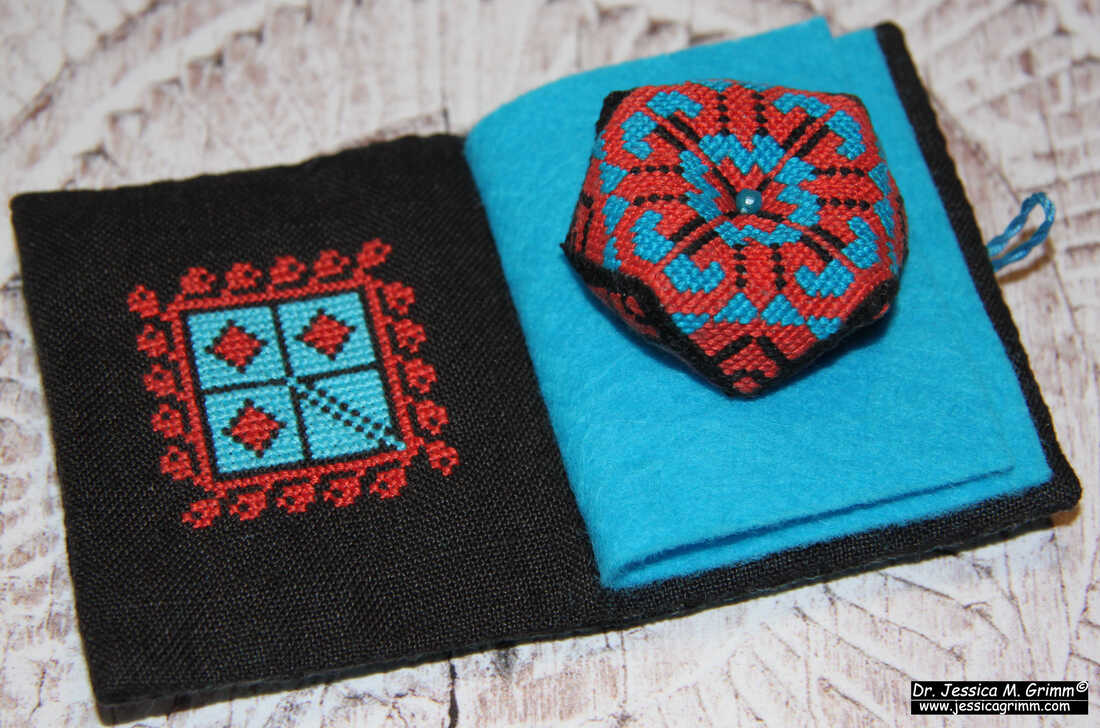


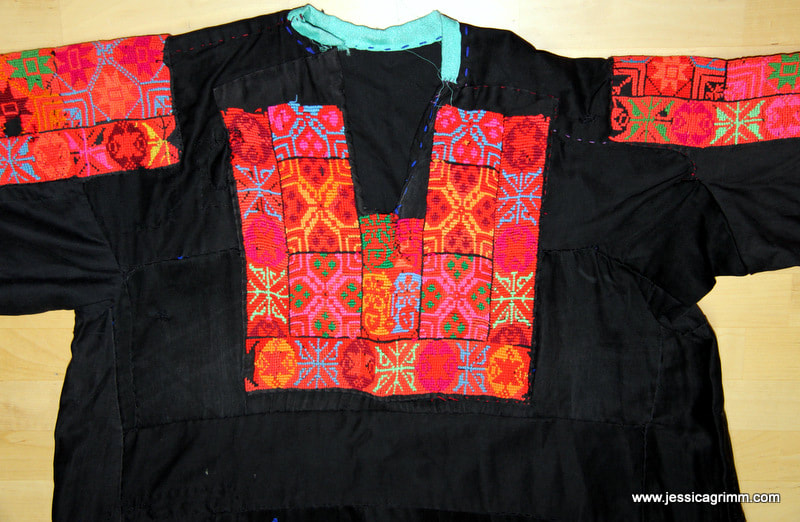
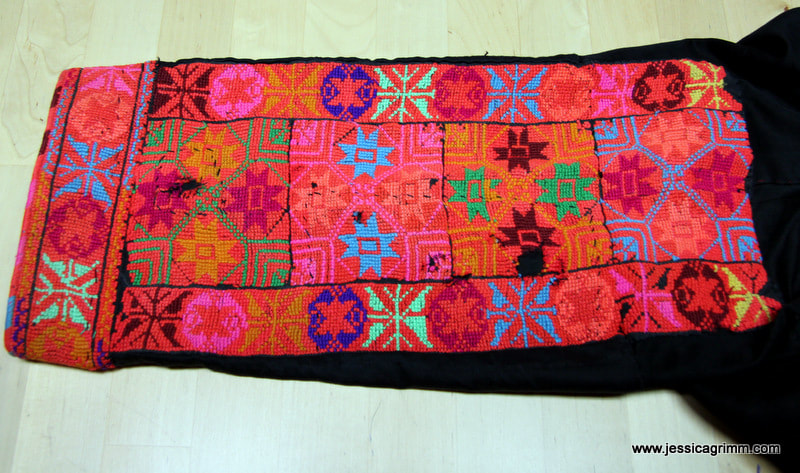





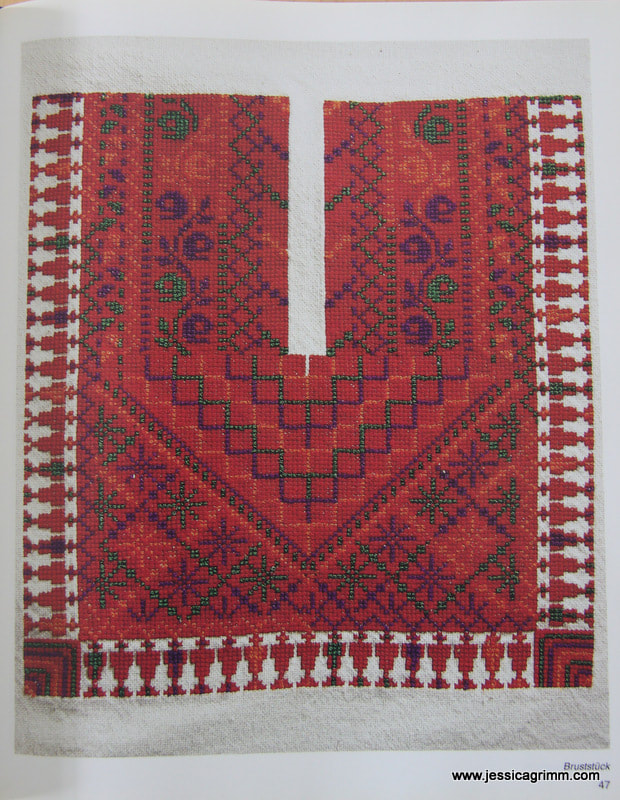

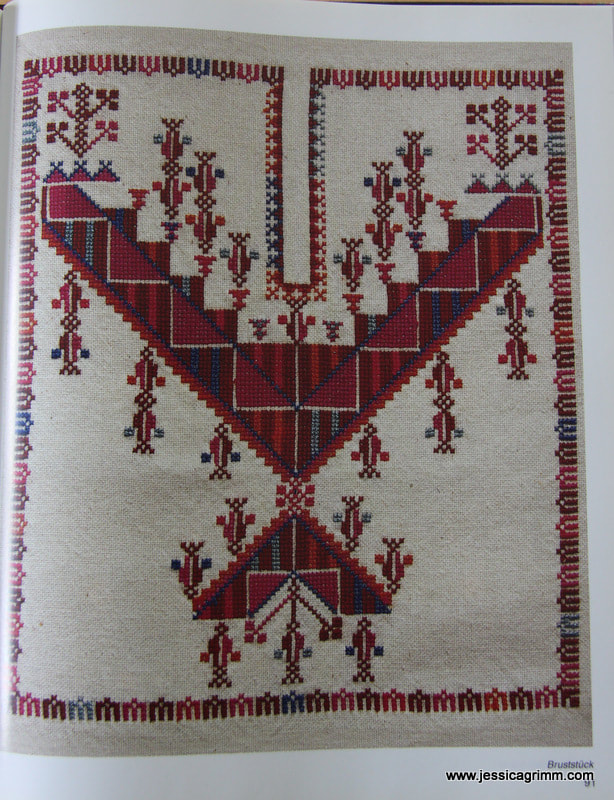





 RSS Feed
RSS Feed